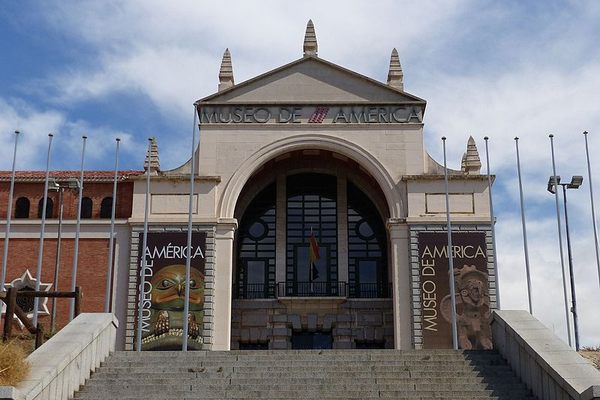Museo Antonini
This archaeological museum in one of Peru’s most intriguing regions exhibits ancient artifacts from the Nazca civilization.
Located in the Peruvian city of Nazca, the Museo Antonini consists of six gallery spaces exhibiting priceless art and artifacts from the ancient Nazca civilization. The Nazca people inhabited the region sometime between 200 BC and 600 AD, and left behind the ever-mysterious Nazca Lines, a group of monumental geoglyphs in the desert.
The archaeological collection at Museo Antonini preserves and provides a fascinating insight into the Nazca culture. The museum was founded in 1999 following a series of excavations that yielded an impressive collection of ancient instruments, textiles, tools, and ceramics. Today, it displays some 300 artifacts and art objects, as well as a scale model of the Nazca Lines and replicas of Nazca tombs.
Visitors are initially guided into a room that gives an overview of principal archaeological sites in the region, with local plants and excavated objects accompanied by photographs, maps, and information about how the Nazca people may have created and used each artifact. One highlight of the museum is a gallery dedicated to human skulls, which were likely the result of human sacrifice rituals to Inti, the Nazca sun god. The skulls were unearthed in an excavation site approximately 20 miles west of Nazca in the neighboring city of Cahuachi.
And of course, no mention of the Nazca people would be complete without investigation into the Nazca Lines, the most remarkable legacy of this ancient civilization. Spanning some 385 square miles in the Nazca Desert, located about 250 miles south of the Peruvian capital of Lima, the Nazca Lines are a sequence of over 300 gigantic depictions of flora, fauna, and symbols, comprised of more than 10,000 lines. The geoglyphs, some of which stretch out over 5 miles, are best seen from above, which has long begged the question of why they were created, what they were intended to communicate, and to whom.
Behind Museo Antonini is another example of advanced Nazca engineering, the Bisambra aqueduct, an ancient hydraulic system that directed water from the Bisambra canal to nearby Nazca settlements.
Know Before You Go
Museo Antonini (also referred to as Museo Didáctico Antonini and Museo Arqueológico Antonini) is located on the east side of Nazca within building number 600 on Avenida La Cultura. The museum is open from Monday through Sunday, 9 a.m. to 7 p.m. Exhibition labels at Museo Antonini are written in Spanish, but translation booklets are available at the museum’s front desk. Prospective visitors can reach the museum by taxi.


















Follow us on Twitter to get the latest on the world's hidden wonders.
Like us on Facebook to get the latest on the world's hidden wonders.
Follow us on Twitter Like us on Facebook